Flights of Fantasy: Aviation April Fools Worth Celebrating
I’m going to admit that I’m not a great fan of April Fools’ pranks, especially not attempts to trick people into believing something and then pulling the rug out from under them.
But when an April Fools Day joke is poking fun at the world in a way that we all get to be in on the joke, a parody of sorts, then I can relax and enjoy the fun.
One of my favourite April Fools jokes is part of a longer story in the archives, I am a Teapot which starts at File Not Found and ends with a response to a DDoS attack on the Russian mil.ru military site.
This error code is part of RFC (Request For Comments) 2324, which was released on April Fools’ Day in 1998. The RFC describes a communication protocol called the Hyper Text Coffee Pot Control Protocol (HTCPCP). HTCPCP was put forward as an extension of HTTP for the brewing of coffee.
Last year on the 1st of April, Trecanair released a compilation of vintage photographs entitled [Airship R33 and the Wallace ‘Start-O-Matic’, purporting to be the story of the two R33 Class Airships in the British Navy. It’s a fantastic mix of archive photographs and utter nonsense.
FightRadar24’s April Fools’ offering was very clever: plane watchers suddenly found #AF999 on the map, tracking Concorde on a flight from Paris to New York. Their blog post explains how the recent update to Flightradar24.com made it possible to recreate the flight path of the Concorde.
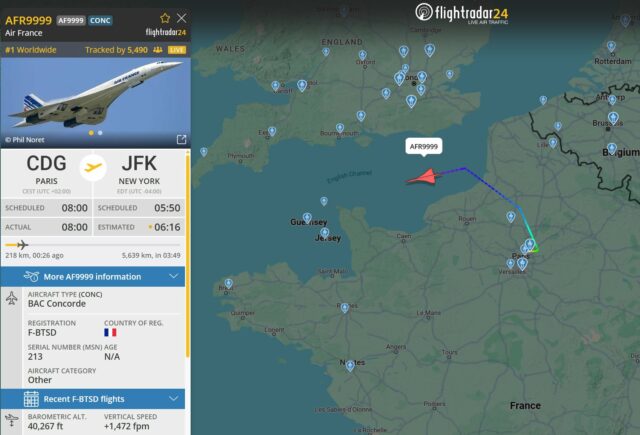
Has Concorde really made a comeback?
The Air France (AF/AFR) Concorde F-BTSD departed Paris Charles de Gaulle Airport (CDG) at 08:00 local time, and arrived at New York’s John F. Kennedy Airport (JFK) after a 3 hour and 50 minute flight. Later at 11 am UK local time, British Airways (BA/BAW)‘s Concorde G-BOAG left London Heathrow Airport (LHR) for JFK, landing 3 hours and 33 minutes later.
We saw up to 106,000 users following Concorde at one point, and the British Airways flight shot to the number one most tracked position faster than any other flight in our history (which you would expect, given Concorde was supersonic).
I missed the article on the HMS Prince Philip but caught the aftermath when RT published an article based on the parody.
UK Defence Journal Tricks Russian State Media
The satirical article claimed the new supercarrier would carry “infinity-hundred” aircraft, be armed with Cold War-era Harriers or “naval Typhoons” launched via six catapults, and cost the taxpayer a modest £987.6 billion. It also cited fictional experts such as Bryan Robertson of the Daily Mail Comment Section (DMCS) think tank and a colourful figure described only as a “park bench-based analyst.”
And finally, this article isn’t an April Fool but I feel that as it was published on the 1st of April, I’m allowed to include it. It’s a fascinating interview about what it felt like sitting in the Starliner when the thrusters failed.
Starliner’s flight to the space station was far wilder than most of us thought
Here things get a little more complicated if you’ve never piloted anything. When Wilmore refers to 6DOF control, he means six degrees of freedom—that is, the six different movements possible in three-dimensional space: forward/back, up/down, left/right, yaw, pitch, and roll. With Starliner’s four doghouses and their various thrusters, a pilot is able to control the spacecraft’s movement across these six degrees of freedom. But as Starliner got to within a few hundred meters of the station, a second thruster failed. The condition of being “single fault” tolerant means that the vehicle could sustain just one more thruster failure before being at risk of losing full control of Starliner’s movement. This would necessitate a mandatory abort of the docking attempt.
Please feel free to share your favourite April Fools Day jokes in the comments!
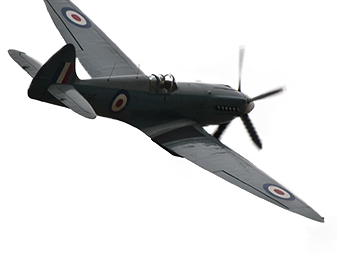


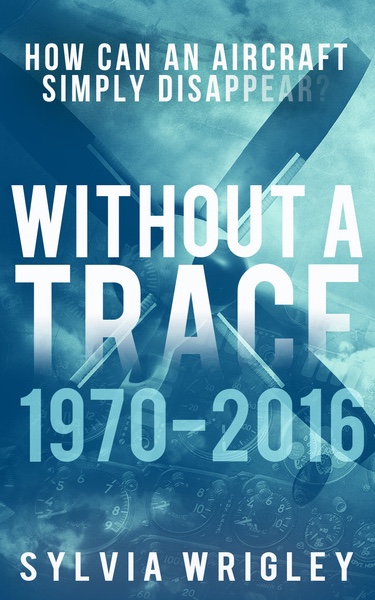
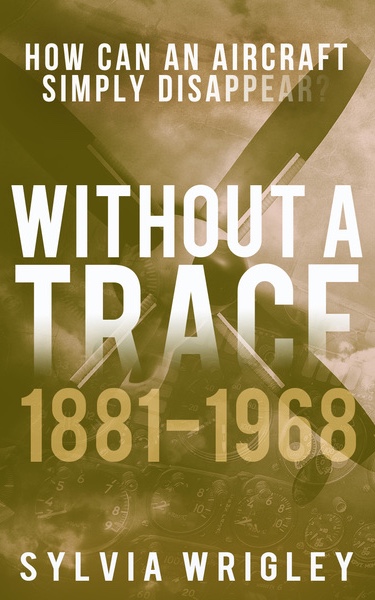
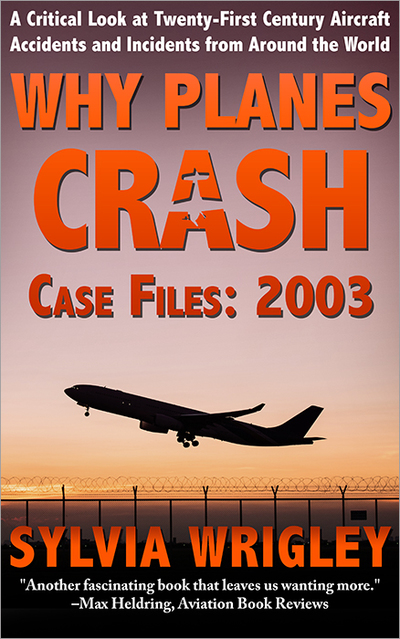
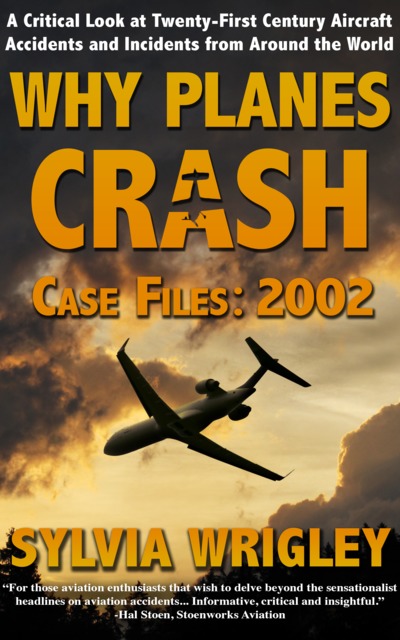
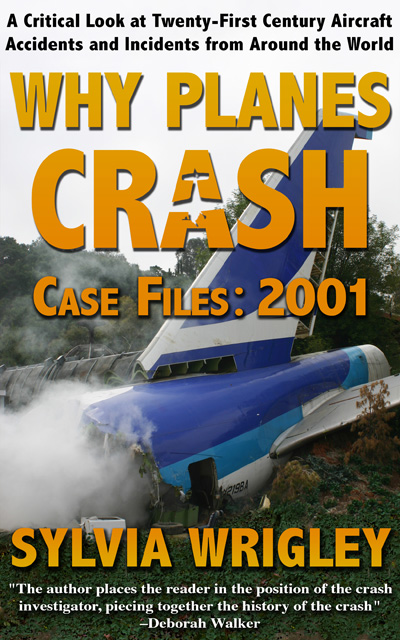

The article on the Starliner is … hair-raising. Looks like Boeing’s QA failures aren’t limited to the 737; kudos to Wilmore for making a safe docking.
As Wilmore himself says, it was mostly ground control that made the docking a success.
Anyway, Boeing’s QA failures are just a symptom of their management failures.
Boeing bought the failed McDonnell Douglas, which had been run into the ground by bean counters. Unfortunately, instead of Boeing’s engineering excellence reviving McDonnell Douglas, the McDonnell Douglas bean counters gained control of Boeing and have been running it into the ground in the same way they caused McDonnell Douglas to fail.
See https://qz.com/1776080/how-the-mcdonnell-douglas-boeing-merger-led-to-the-737-max-crisis
Interesting history. McDonnell made a very fine fighter (although I am DEFINITELY biased as a former F/A-18 engineer); the more I read about Douglas, the more it seems they didn’t really get the jet era (and the more I wish we’d seen Lockheed make more passenger aircraft).
The McDonnell-Douglas engineer working for me in a past life reckoned the Boeing guys didn’t get fighter aircraft at all, which does make sense!
Love the reset option to fix the aircraft. Reminds me of the F/A-18 – it was my force’s first computerised aircraft; the troops referred to fixing an error by turning the computer off and on again as a “Mac-Air reset”
Software has inelegant failure modes.
As a space nut, THANK YOU for the excellent Starliner link. That’s the info I’ve been wanting and been frustrated that nobody asked about.
Eric Berger is a Journalist with a capital J. There are not many of those around any more. If you’ve ever heard him interview someone in the space industry, you’d be amazed at his knowledge and skill at talking to people who are the experts in their field without being a newspaper idiot.
One of the issues I am having more frequently as a software developer (45 years experience) is modern software giving absolutely no information in off-nominal operation. They spit out a VERY generic error message and that’s it.
They say “Unable to perform operation” and don’t tell you that the disk is out of space, or the network failed to connect, or you’re not authorized, or the thruster is too hot, or a valve failed, or anything.
So you’re sitting there going “WTAF?” with no available course of action to deal with it.
Sorry. Had to rant. I can’t imagine being on-orbit in a malfunctioning spacecraft with no info on what’s going on other than “it’s not working”
The IT redtop https://www.theregister.co.uk/ calls this tendency of modern software to just roll over and die when presented with an abnormal condition as “Total Inability To Support Usual Performance” or TITSUP. Similar to SNAFU or FUBAR which I’m sure everyone here is familiar with.
AI is worse. It keeps on going, producing nonsense indistinguishable from its usual output. Total lack of self-awareness. This has been an issue with AI for well over 30 years.
I loved the Concorde one! I was fortunate to travel on the Concorde back in 1999.
Not aviation related but I am loving all the police departments posting about using cats instead of police dogs. Even a police bunny!